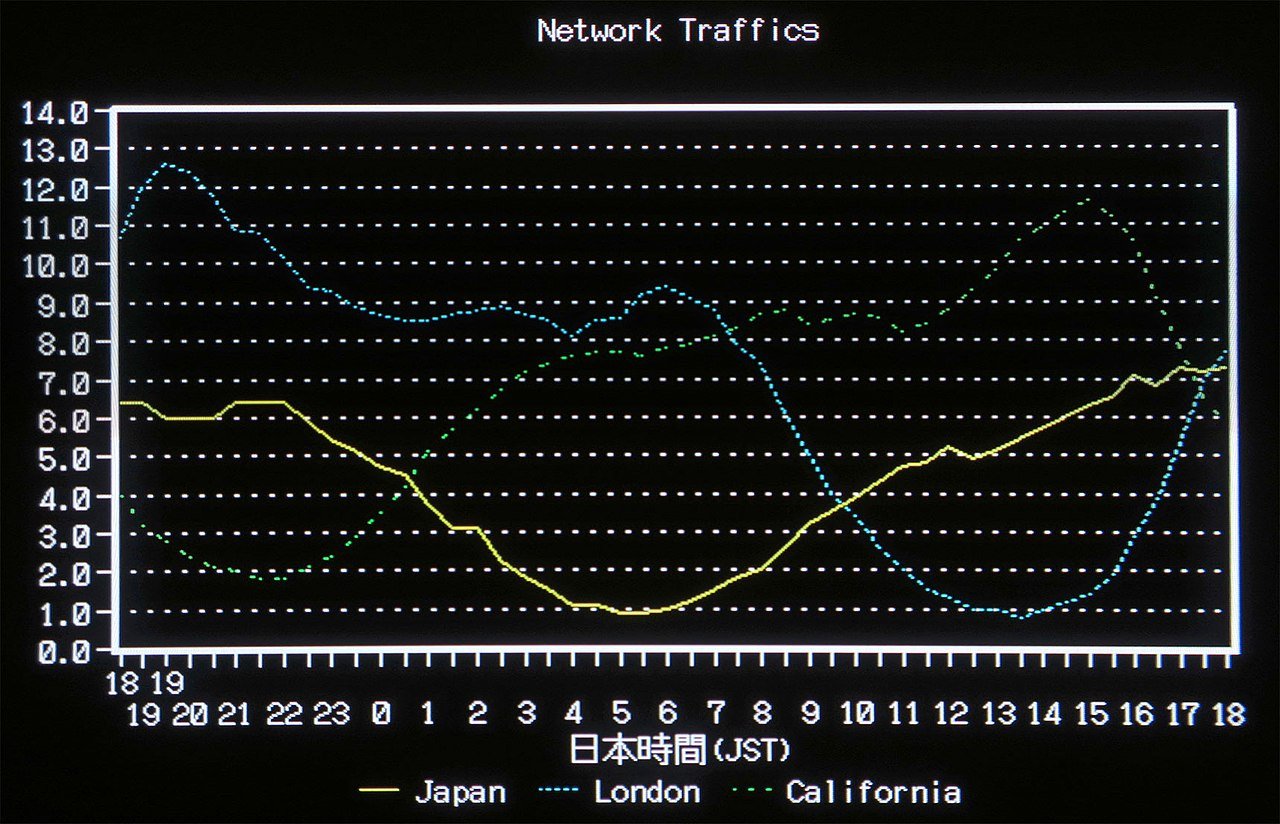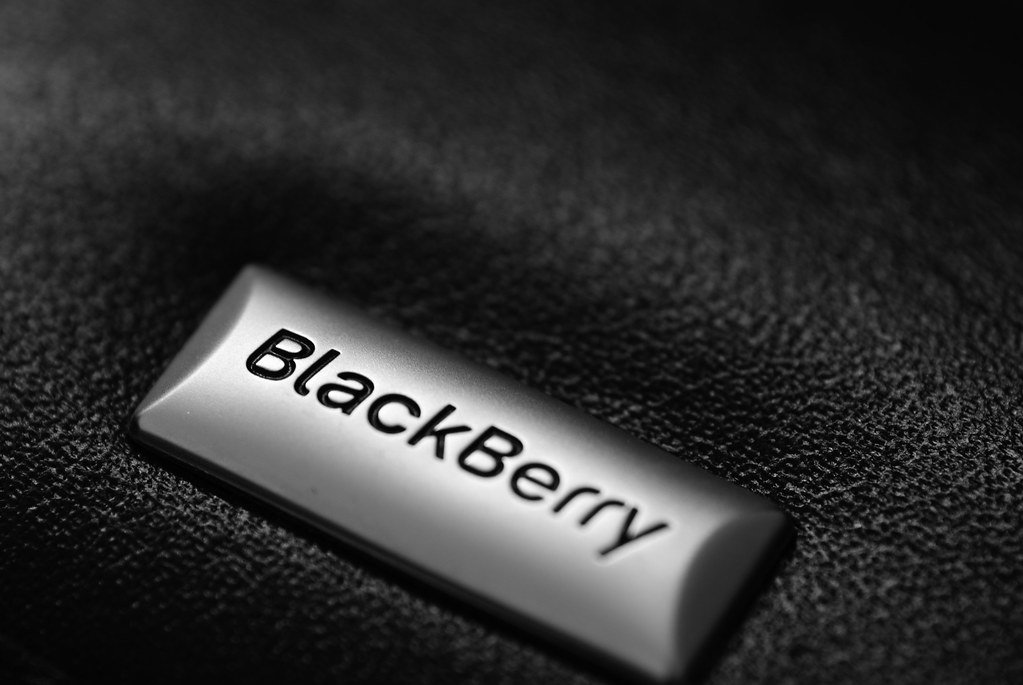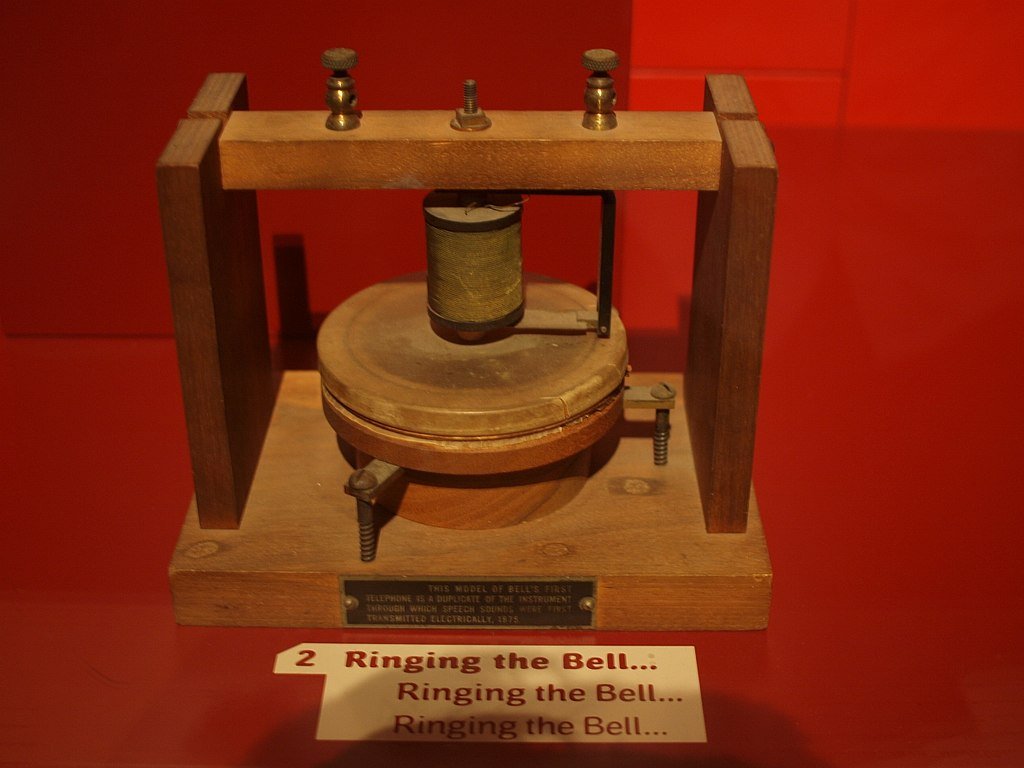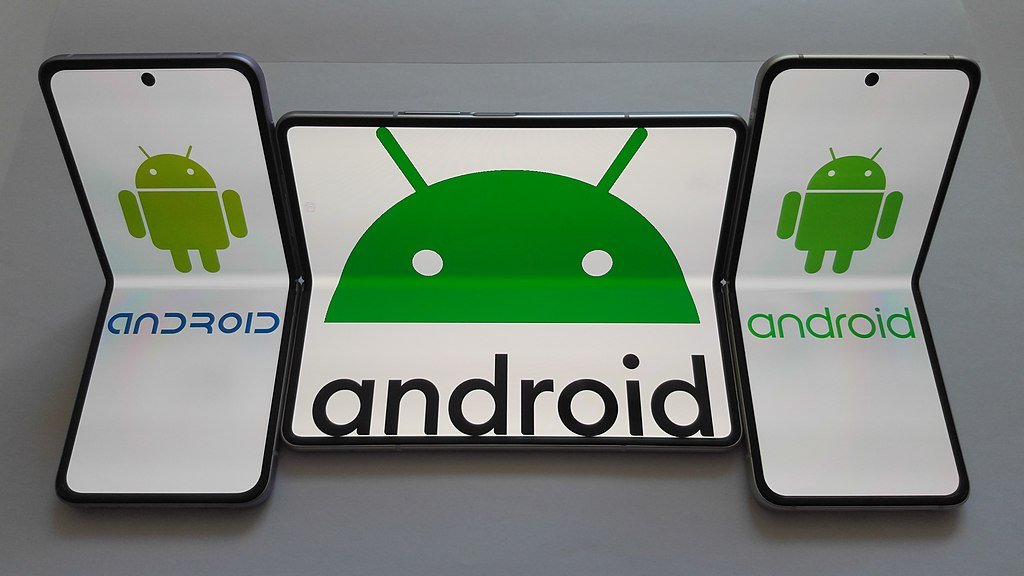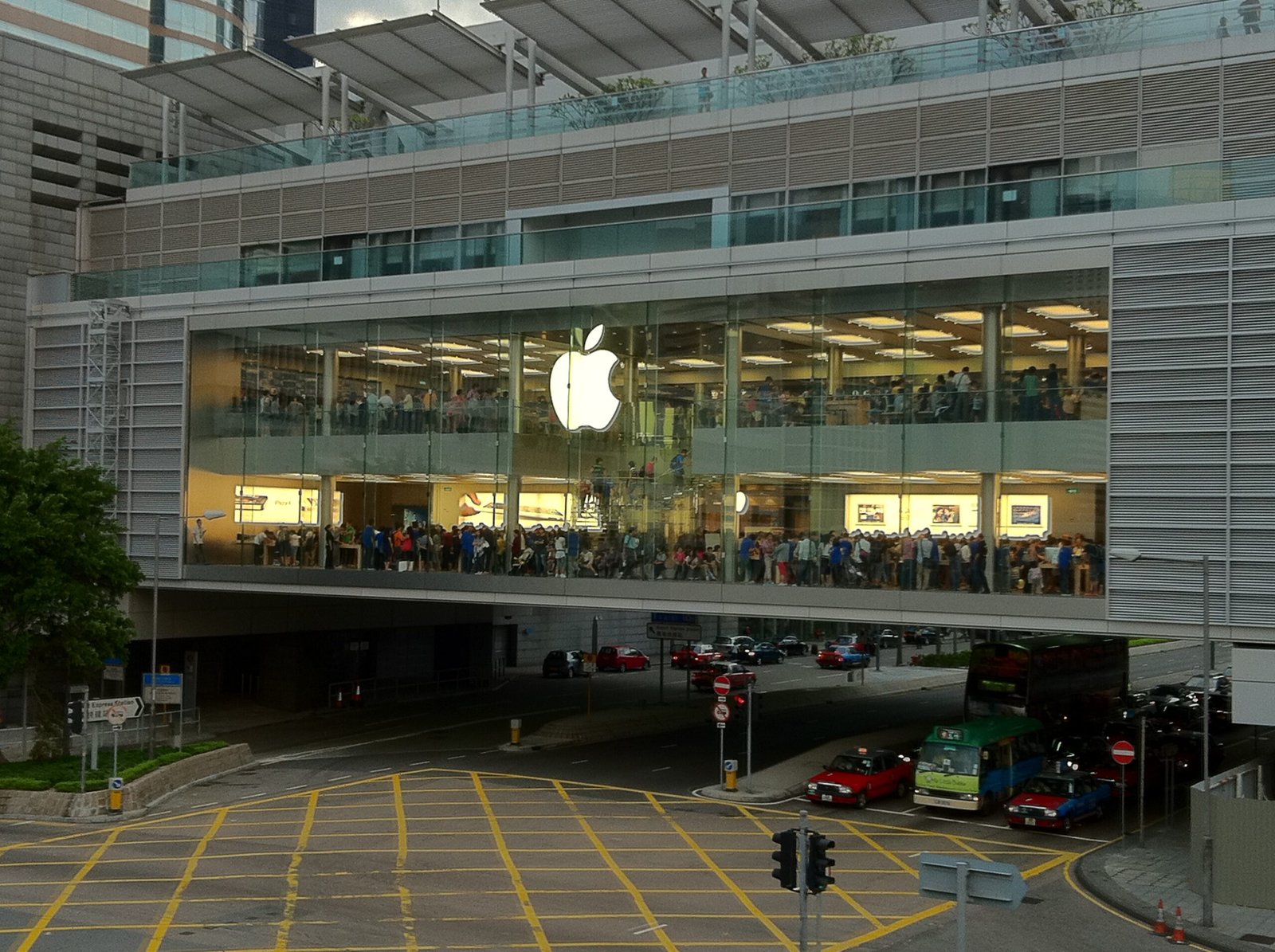The history of Nokia Corporation is a captivating tale of transformation and innovation that spans over a century. Founded in 1865 by Fredrik Idestam as a modest wood pulp mill in Nokia, Finland, this conglomerate initially ventured into various industries. Its early focus was on paper and pulp production, but as time progressed, Nokia’s trajectory took an unexpected turn, eventually leading it to become a global technology giant.
Fredrik Idestam’s vision and entrepreneurial spirit laid the foundation for what would evolve into Nokia Corporation. Little did he know that his humble paper mill would play a pivotal role in shaping the future of telecommunications and technology.
The Nokia Corporation we know today began to emerge in the 1960s when it started exploring the telecommunications industry. The pivotal moment came in 1971 when Nokia introduced the first car phone for the Nordic Mobile Telephone (NMT) network. This marked the corporation’s initial foray into mobile communications foreshadowing the seismic shifts ahead.
By the 1980s, Nokia had firmly established itself as a key player in the Nordic mobile market, and the company was on the verge of a significant transformation. In 1982, they took a giant leap forward by introducing the Nokia Mobira Senator, their first handheld mobile phone, albeit one that weighed a staggering 10 kilograms. This marked the beginning of Nokia’s transition from a diverse conglomerate to a telecommunications-focused entity.
As we delve deeper into Nokia’s history, we will uncover its remarkable journey through the mobile phone dominance of the 1990s and 2000s, its challenges and attempts at revival in the smartphone era, and its subsequent transformation into a network infrastructure and technology solutions provider following its acquisition by Microsoft in 2014.
Nokia’s story is not just a chronicle of corporate evolution but also a testament to the relentless pursuit of innovation and adaptation in a rapidly changing technological landscape. Join us on this journey through time as we explore Nokia’s history, from its humble beginnings with Fredrik Idestam to its current position as a leading force in telecommunications and technology.
Table of Contents
What is the full form of Nokia?
The term “NOKIA” does not have a formal acronym, but it is widely believed to derive its name from the Finnish word “nois,” the plural form being “Nokia,” which translates to “STABLE.” This connection fits as Nokia is a Finnish company headquartered in Espoo, within the greater Helsinki metropolitan area.
Essentially, the name “NOKIA” can be interpreted as symbolizing stability, reflecting its Finnish roots. This linguistic origin underscores the company’s commitment to resilience and enduring quality, aligning with the notion that the name embodies the concept of stability. This characteristic has long been associated with the Nokia brand.
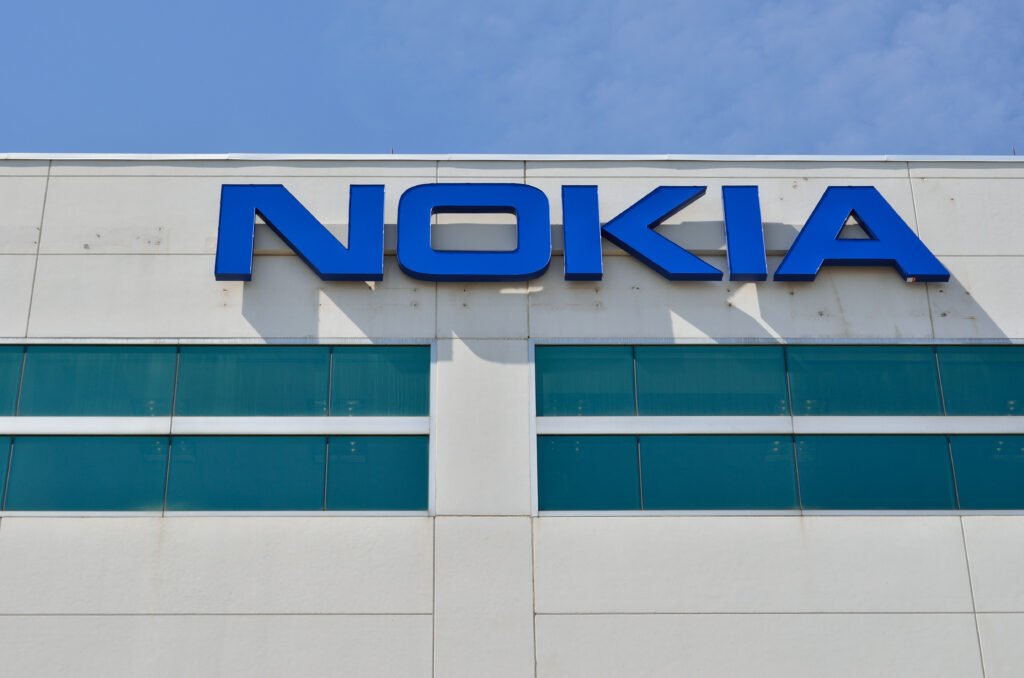
What is the history of the Nokia logo?
In 1866, Nokia introduced its inaugural logo, featuring a solitary depiction of a fish. This fish emblem connected significantly to the company’s origins, as it was located near the Nokianvirta River’s second mill. This design is often construed as representing the salmon, a species indigenous to that river.
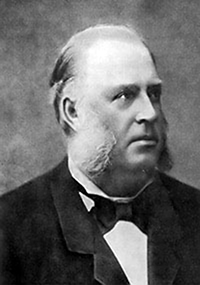
Which country is Nokia from?
Nokia is a telecommunications and consumer electronics company that hails from Finland. Founded in 1865 by Fredrik Idestam as a wood pulp mill, Nokia underwent several transformations. It ventured into various industries, including rubber, cables, and electronics. By the late 20th century, Nokia emerged as a global leader in mobile telecommunications, notably producing some of the most iconic mobile phones. The company’s headquarters are in Espoo, Finland, and Finland has been the heart of Nokia’s operations throughout its history. Although Nokia’s dominance in the mobile phone market has waned, it remains a significant player in the telecommunications and technology sectors.
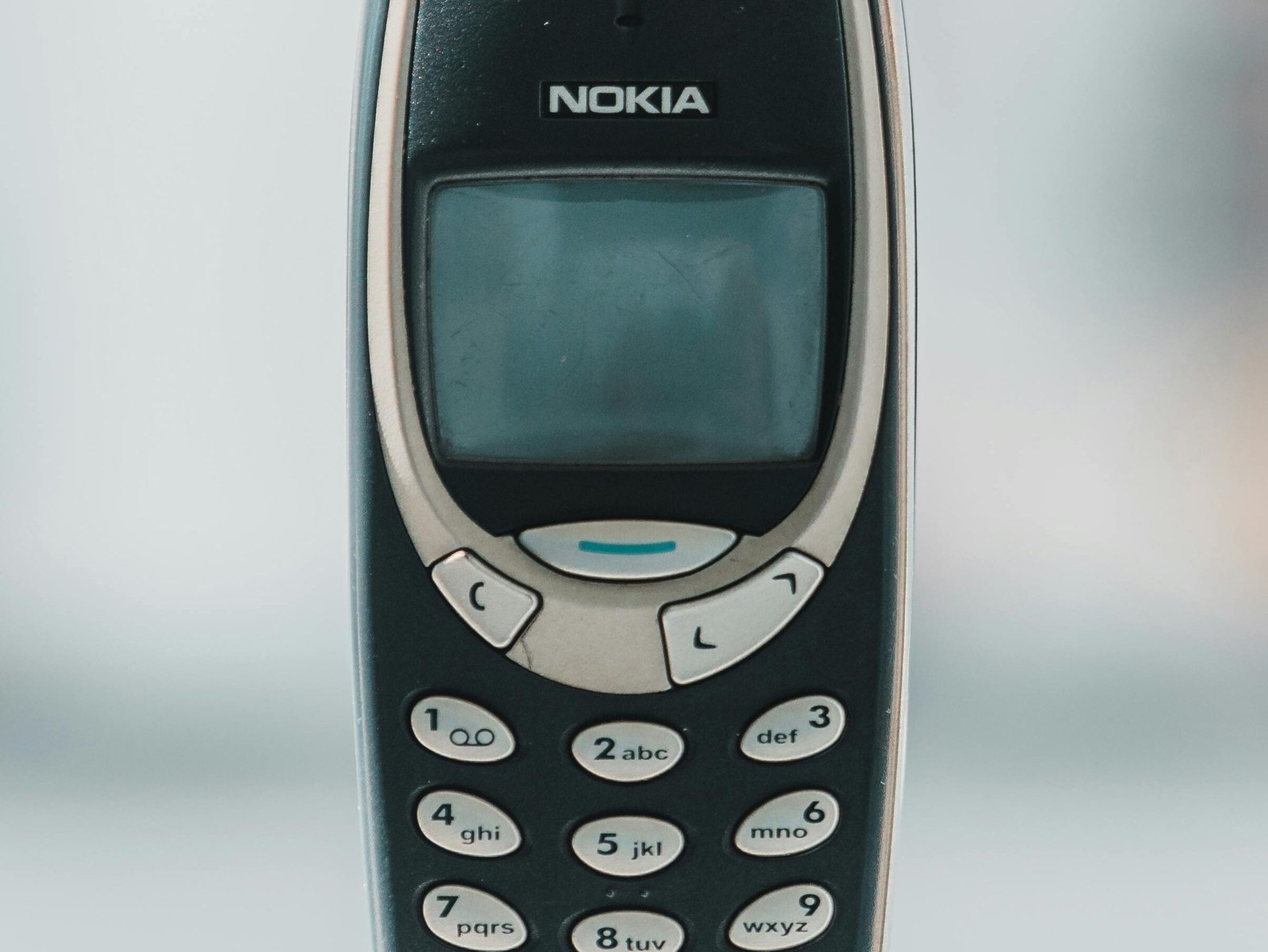
How did Nokia rise?
Nokia’s rise to prominence in the global technology industry can be attributed to several key factors, strategic decisions, and innovations:
Early Diversification
Nokia’s journey began in 1865 when it was founded as a wood pulp mill by Fredrik Idestam in Nokia, Finland. The company diversified into various industries in its early years, including paper and rubber production. This diversification provided a solid financial foundation for future endeavors.
Telecommunications Entry
Nokia recognized the potential of the telecommunications industry in the 1960s and started exploring this sector. The company’s early entry into mobile communications, with the development of car phones and handheld mobile devices, marked the beginning of its ascent in this field.
Innovative Technologies
Nokia’s commitment to research and development led to the creation of cutting-edge technologies. It played a crucial role in developing the GSM standard and produced a series of iconic mobile phones renowned for their durability and innovative features.
Global Expansion
Nokia’s strategic expansion into international markets contributed significantly to its success. The company established a solid global presence by partnering with mobile operators worldwide, becoming a recognized and trusted brand.
Market Leadership
During the 1990s and early 2000s, Nokia became the world’s largest mobile phone manufacturer, dominating the market with a diverse range of phones that catered to various customer segments.
Brand Recognition
Nokia’s branding, including the iconic “Nokia Tune” ringtone, became globally recognized and associated with quality and reliability.
However, Nokia’s rise also faced challenges in the form of increased competition and the rapid shift to smartphones dominated by Apple and Android. While it faced setbacks in this era, its early achievements and strong brand foundation allowed it to pivot and continue as a significant player in the technology and telecommunications industry, focusing on network infrastructure and technology solutions.
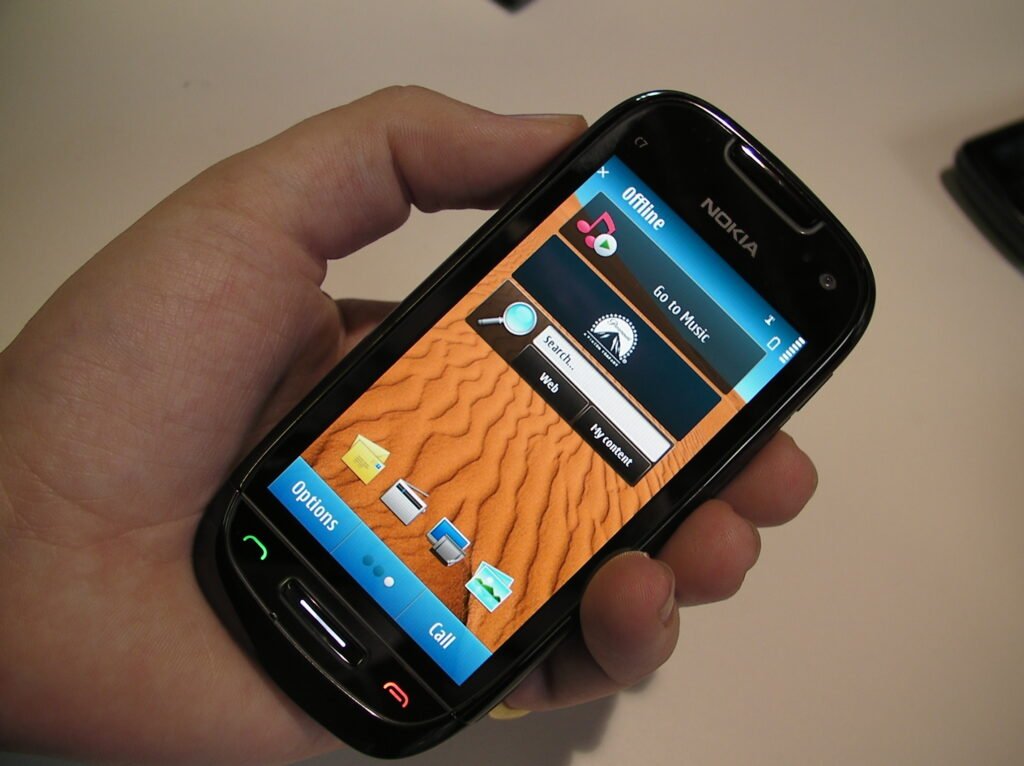
What was Nokia’s biggest mistake?
One of Nokia’s biggest mistakes was its inability to adapt swiftly to the smartphone revolution. As the dominant mobile phone industry in the late 1990s and early 2000s, Nokia enjoyed unprecedented success with its feature phones. However, Nokia faltered when smartphones, particularly the iPhone and Android devices, started gaining traction around the late 2000s.
Nokia’s critical mistake was its hesitancy to abandon its aging Symbian operating system in favor of a more competitive platform. While Nokia did attempt to modernize with the Symbian^3 and Symbian^4 iterations, they couldn’t match the user experience offered by iOS and Android.
Additionally, Nokia’s internal politics and bureaucracy slowed down decision-making and innovation. The company’s failure to create a cohesive smartphone strategy and adapt to rapidly changing market dynamics allowed competitors to gain ground swiftly.
When Nokia decided to partner with Microsoft and use Windows Phone for its smartphones in 2011, it was seen as too little, too late. By then, Apple and Android had established themselves as the leaders, and Nokia’s market share had declined significantly.
Nokia’s failure to anticipate the shift to smartphones and adapt its software and strategy ultimately led to a significant decline in its mobile phone market share, tarnishing its once-sterling reputation. While Nokia has since reinvented itself in other technology areas, its smartphone missteps remain a notable chapter in the company’s history.
History of Nokia
Nokia’s history is a fascinating journey that spans over a century and includes remarkable transformations and innovations. Founded in 1865 as a single paper mill in Nokia, Finland, the company initially had a very different focus from what it became known for in the 20th century.
Early Years (1865-1960s)
Nokia Corporation’s journey began in 1865 when Fredrik Idestam founded it as a modest wood pulp mill in Nokia, a small town in Finland. During its early years, Nokia primarily focused on producing paper and pulp products, serving the local market’s needs.
In 1898, Nokia underwent a significant transformation under the leadership of Eduard Polón and Leo Mechelin. The company transitioned into a share company, marking the beginning of a diversified industrial conglomerate. This shift in ownership and strategy propelled Nokia into various industries, including electricity generation, rubber, and cables. During this period, Nokia started to explore new frontiers beyond its paper and pulp roots.
As the years passed, Nokia’s ambitions and ventures expanded even further. The company’s diversified interests grew to encompass many products, including rubber goods, footwear, tires, and consumer electronics. This diversification strategy allowed Nokia to weather economic fluctuations and establish a substantial presence in multiple industries, making it a prominent conglomerate in Finland and beyond.
Nokia’s early history as a pulp mill and its subsequent evolution into a conglomerate with diverse interests laid the foundation for the remarkable transformation it would undergo in the 20th century, eventually propelling it into the global telecommunications and technology arena. This rich history highlights Nokia’s resilience and adaptability as it transitioned from its humble beginnings to become a household name known for pioneering tech industry work.
Entering the Telecommunications Industry (1960s-1980s)
In the 1960s, Nokia embarked on a transformative journey by venturing into the telecommunications industry. This pivotal decision marked the company’s shift from its traditional roots in the wood pulp and rubber industries to a more futuristic and promising sector. In 1971, Nokia made a significant mark by producing the first car phone for the Nordic Mobile Telephone (NMT) network. This innovative step laid the foundation for Nokia’s involvement in mobile communications, a sector defining its future.
The true turning point, however, came in 1982 when Nokia unveiled the Nokia Mobira Senator, its maiden handheld mobile phone. Although by today’s standards, it may seem unwieldy, weighing a hefty 10 kilograms, the Mobira Senator was a groundbreaking achievement at the time. It allowed users to make calls on the go, untethered from fixed landlines.
Throughout the 1980s, Nokia concentrated on developing mobile communication technology. This focus enabled the company to stay ahead of the curve and solidify its position as a key player in the burgeoning Nordic mobile market. Nokia’s commitment to innovation and its ability to adapt to evolving technology trends during this era laid the groundwork for its future dominance in the global mobile phone industry.
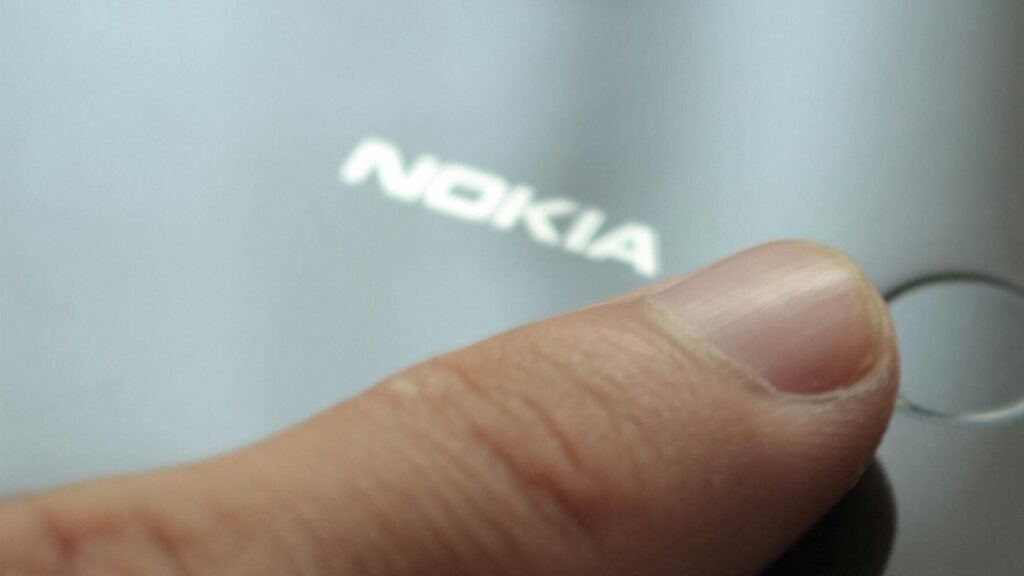
Mobile Phone Dominance (1990s-2000s)
The 1990s were a pivotal decade for Nokia, marking a profound transformation in the company’s focus and positioning it as a global leader in the mobile phone industry. In 1992, Nokia unveiled its groundbreaking Nokia 1011, a significant milestone as it was their first GSM handset. This move signaled Nokia’s dedication to emerging mobile communication technology and its ambition to lead the market.
One of Nokia’s most enduring contributions to popular culture emerged in 1994—the “Nokia Tune” ringtone. This simple yet catchy melody became the hallmark of Nokia phones and one of the world’s most recognized tunes. It quickly became synonymous with mobile communication and was crucial in establishing Nokia’s brand identity.
Throughout the 1990s and into the early 2000s, Nokia’s dominance in the mobile phone market was unparalleled. It ascended to the coveted position of the world’s largest mobile phone manufacturer. This remarkable feat was due to various factors, including innovative design, reliable hardware, and intuitive user interfaces.
Nokia continued to captivate consumers with iconic devices, including the Nokia 3210, known for its customizable covers, the virtually indestructible Nokia 3310, and the multimedia powerhouse Nokia 6600. These phones not only set industry standards but also found a place in the hearts of millions worldwide, cementing Nokia’s reputation as a pioneer in mobile technology.
The 1990s were indeed a defining era for Nokia, during which it transitioned from a diverse conglomerate into a global mobile phone powerhouse, leaving an indelible mark on the telecommunications landscape.
Challenges and Decline (Late 2000s)
Nokia’s struggle to adapt to the smartphone era was characterized by a series of challenges that ultimately led to a significant decline in its market share. The company’s primary issue was its reliance on the aging Symbian operating system, which was ill-equipped to compete with the more advanced and user-friendly platforms offered by Apple’s iOS and the Android ecosystem.
While competitors were introducing touchscreens, intuitive app stores, and sleek user interfaces, Nokia’s Symbian phones felt outdated and lacked the innovative features that consumers were increasingly demanding. This failure to innovate and pivot quickly in response to changing market dynamics proved costly for Nokia.
In an attempt to reverse its fortunes, Nokia made a pivotal decision in 2011 by forming a strategic partnership with Microsoft. They adopted the Windows Phone operating system for their smartphones, hoping to leverage Microsoft’s software expertise and resources. However, this move, while symbolizing a willingness to change, failed to recapture Nokia’s lost market share.
The adoption of Windows Phone faced several challenges, including a need for more developer support and a limited app ecosystem compared to iOS and Android. By the time Nokia transitioned to Windows Phone, competitors had already solidified their positions, making it difficult for Nokia to regain its former dominance.
In retrospect, Nokia’s inability to swiftly adapt to the smartphone revolution and the choice of an operating system that couldn’t compete effectively in the market were critical missteps that contributed to the company’s decline in the mobile phone industry.
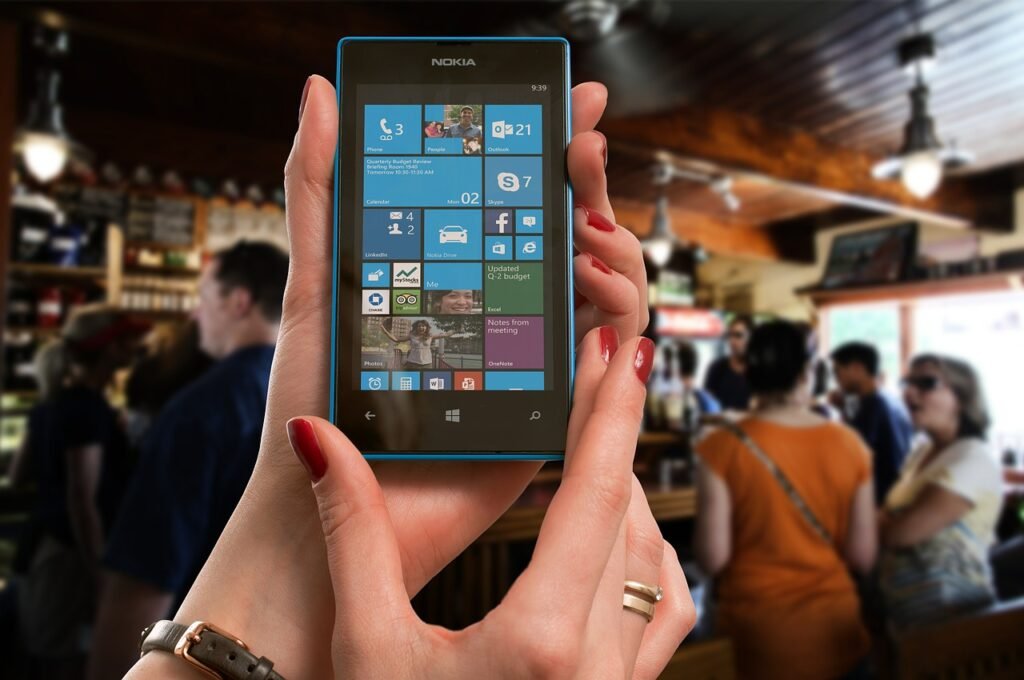
Acquisition by Microsoft and Rebirth (2014-Present)
In 2014, Microsoft acquired Nokia’s Devices and Services division, a monumental moment that marked the end of Nokia’s illustrious era as a mobile phone manufacturer. This strategic move symbolized a profound shift in the company’s focus and direction. While Nokia relinquished its role as a major player in the consumer mobile phone market, it didn’t fade into obscurity. Instead, the company restructured itself to embrace new opportunities.
Nokia continued its journey as a separate entity, focusing on network infrastructure, technology solutions, and telecommunications services. This shift allowed Nokia to channel its expertise into areas of the industry where it had a long-standing reputation for quality and innovation.
In the years following the Microsoft acquisition, Nokia made remarkable strides in crucial technology domains. It became a key player in developing and deploying 5G technology, which promised faster, more reliable, and lower-latency connections for the growing demand for data-hungry applications and devices. Additionally, Nokia expanded its influence in network equipment and telecommunications services, supporting the backbone of modern communication networks.
Nokia’s transformation exemplifies its resilience and adaptability in a dynamic, ever-evolving technology landscape. While it may no longer dominate the mobile phone market, Nokia’s impact in the broader realm of telecommunications and technology solutions remains substantial and enduring.
Ongoing Innovation and Expansion
In the wake of its challenges in the mobile phone market, Nokia has undergone a remarkable transformation, diversifying its focus to remain a significant player in the global technology industry. One of Nokia’s key areas of innovation has been in the realm of 5G technology, where it has emerged as a major contributor. With the rapid proliferation of 5G networks, Nokia has been at the forefront of developing infrastructure, hardware, and software solutions that empower the next generation of wireless connectivity. Their expertise in this field has positioned them as a vital partner for telecommunications providers worldwide, helping pave the way for faster and more reliable network connections.
Moreover, Nokia has shown a keen interest in the Internet of Things (IoT), recognizing its potential to revolutionize various industries. The company has developed IoT platforms and solutions that enable seamless integration of devices, sensors, and data analytics, unlocking new possibilities for businesses and consumers.
In the healthcare sector, Nokia has ventured into digital health solutions, leveraging its technological prowess to create products that empower individuals to monitor and manage their well-being. From fitness trackers to smart health devices, Nokia’s contributions facilitate a more proactive and data-driven approach to personal health management.
Additionally, Nokia has strategically engaged in partnerships and acquisitions to fortify its position in the telecommunications and technology sectors. These collaborative efforts and acquisitions have allowed Nokia to expand its portfolio, enhance its technological capabilities, and effectively address emerging market demands.
Through its continuous innovation and strategic initiatives, Nokia has successfully reinvented itself and remains a prominent player in shaping the digital landscape of the 21st century.
Nokia’s remarkable evolution from a humble paper mill to a telecom and technology powerhouse showcases its adaptability and resilience. While mobile phone setbacks posed challenges, Nokia strategically diversified into network infrastructure and technology solutions. This pivot allowed the company to maintain a substantial presence in the ever-evolving global technology landscape. With a rich history of innovation and transformation, Nokia plays a vital role in shaping the digital future, emphasizing its enduring legacy as a versatile and forward-thinking entity in the tech industry.
\



